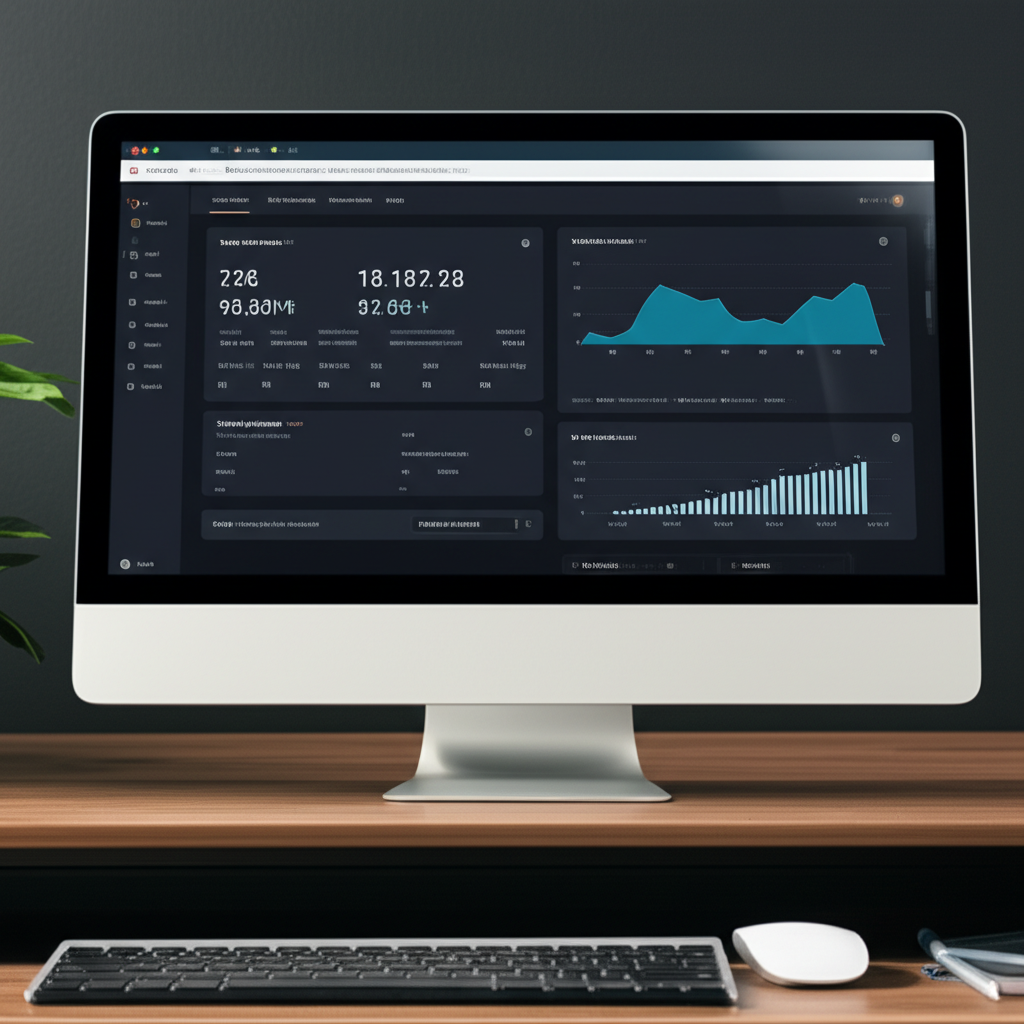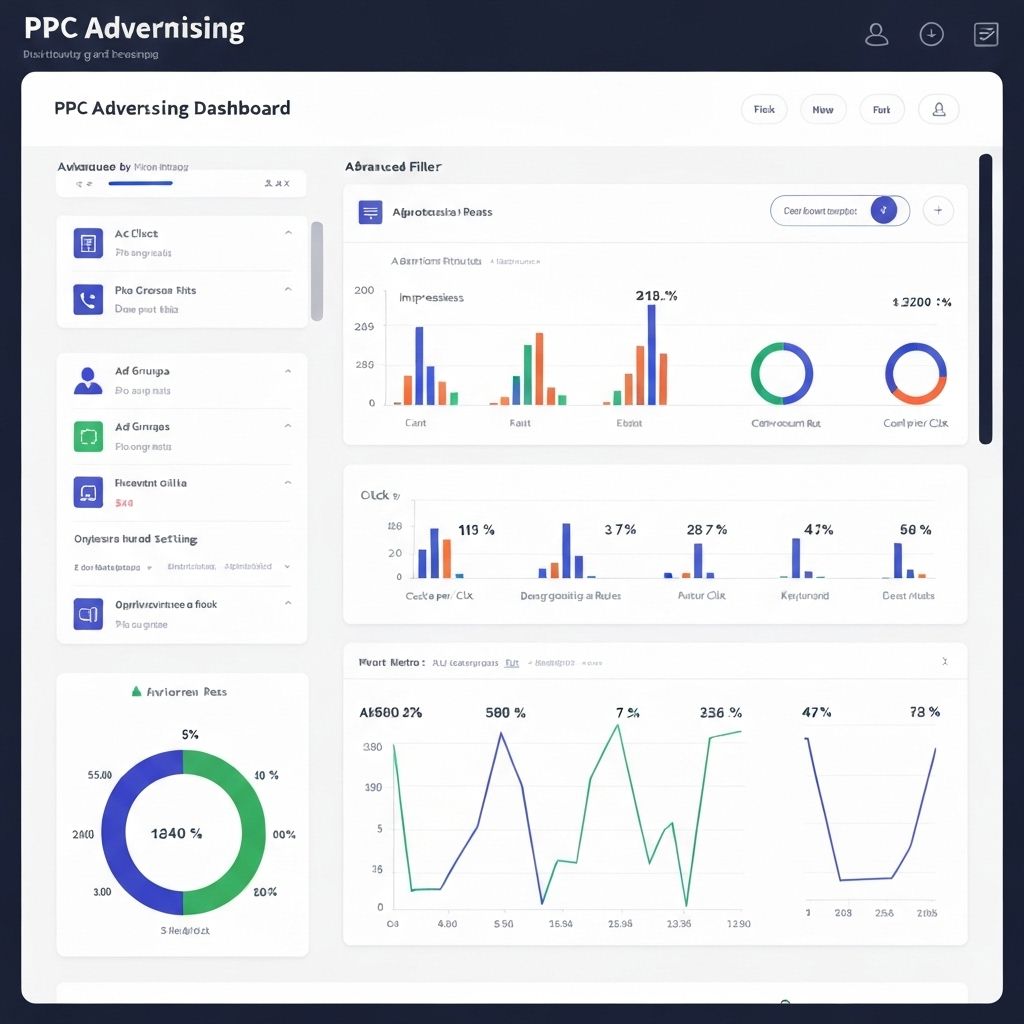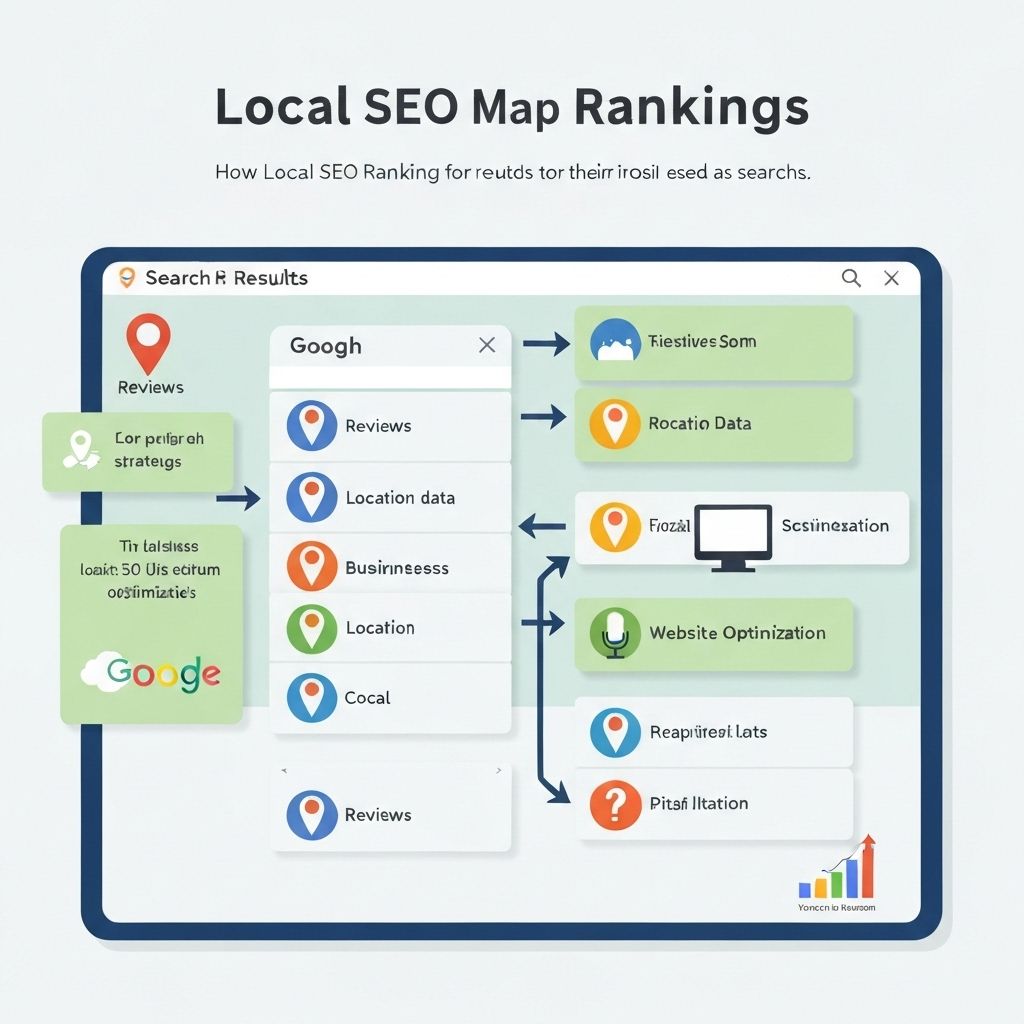Understanding Google Analytics 4

Google Analytics 4 (GA4) represents a fundamental shift in how we track and analyze website data. With Universal Analytics now sunset, understanding GA4 is essential for any digital marketer. Here's your comprehensive guide to getting started and making the most of GA4.
What is Google Analytics 4?
GA4 is Google's latest analytics platform, built around events and user-centric measurement. Unlike Universal Analytics, which focused on sessions and pageviews, GA4 provides a more flexible, privacy-focused approach to tracking user interactions.
Key Differences from Universal Analytics
- Event-based tracking instead of session-based
- Cross-platform tracking (web and app)
- Enhanced privacy controls
- Machine learning insights
- Improved integration with Google Ads
Setting Up Google Analytics 4
1. Create a GA4 Property
If you haven't already, create a new GA4 property in your Google Analytics account. You can run GA4 alongside Universal Analytics during the transition.
2. Install the GA4 Tag
Add the GA4 measurement code to your website. You can do this directly, through Google Tag Manager, or using a plugin if you're on a CMS like WordPress.
3. Configure Data Streams
Set up data streams for your website and any mobile apps. Each stream represents a source of data flowing into your GA4 property.
4. Enable Enhanced Measurement
GA4's enhanced measurement automatically tracks scrolls, outbound clicks, site search, video engagement, and file downloads without additional code.
Understanding GA4 Events
Everything in GA4 is an event. There are four types of events:
- Automatically collected events: Basic interactions like page views and first visits
- Enhanced measurement events: Scrolls, outbound clicks, site search, etc.
- Recommended events: Common events with predefined names and parameters
- Custom events: Events you create for specific tracking needs
Key Reports in GA4
1. Realtime Report
See what's happening on your site right now, including active users, top pages, and traffic sources.
2. Acquisition Reports
Understand how users find your website, including organic search, paid ads, social media, and referrals.
3. Engagement Reports
Analyze how users interact with your content, including pages and screens, events, and conversions.
4. Monetization Reports
Track e-commerce performance, including purchases, revenue, and product performance.
5. Retention Reports
See how often users return to your site and analyze user lifetime value.
Setting Up Conversions
In GA4, conversions are simply events marked as conversions. To set up conversions:
- Go to Admin > Events
- Find the event you want to track as a conversion
- Toggle "Mark as conversion"
Using Explorations
Explorations are GA4's advanced analysis tools. They allow you to create custom reports and dig deeper into your data. Popular exploration types include:
- Free form exploration
- Funnel exploration
- Path exploration
- Segment overlap
- User lifetime
Best Practices for GA4
1. Set Up Custom Events
Track important interactions specific to your business, like form submissions, button clicks, or video plays.
2. Create Audiences
Build audiences based on user behavior to use in remarketing campaigns or for analysis.
3. Link to Google Ads
Connect GA4 to Google Ads for better campaign tracking and optimization.
4. Use Debug Mode
Enable debug mode to test your tracking implementation before going live.
5. Set Up Data Filters
Filter out internal traffic and unwanted referrals to keep your data clean.
Common GA4 Challenges and Solutions
Challenge: Different Metrics
Solution: Learn the new metrics. "Engaged sessions" replaces "bounce rate," and "engagement rate" is a new key metric.
Challenge: Missing Reports
Solution: Use Explorations to create custom reports that replicate your favorite Universal Analytics reports.
Challenge: Data Discrepancies
Solution: Understand that GA4 measures differently. Some discrepancies are expected and normal.
Conclusion
Google Analytics 4 requires a learning curve, but it offers powerful capabilities for understanding your audience and improving your marketing. Take time to explore the platform, set up proper tracking, and leverage its machine learning insights to make data-driven decisions.
Ready to Grow Your Business?
Let our experts help you implement these strategies and achieve measurable results.

